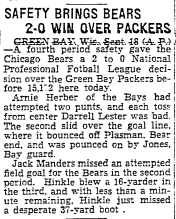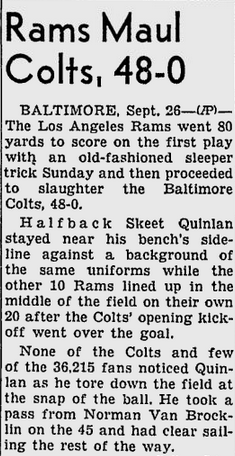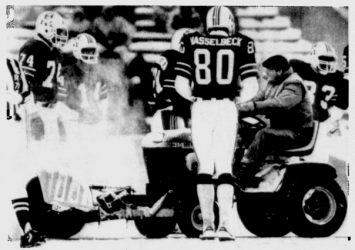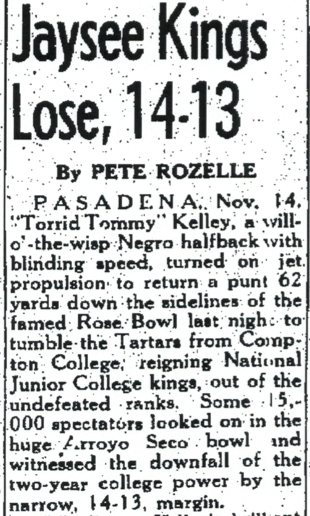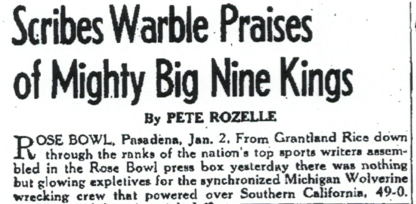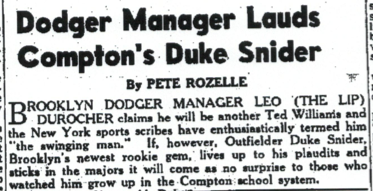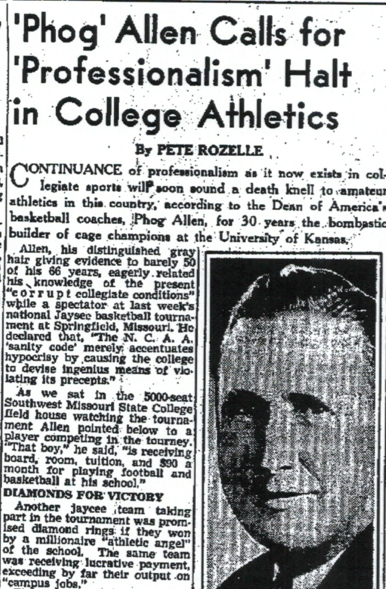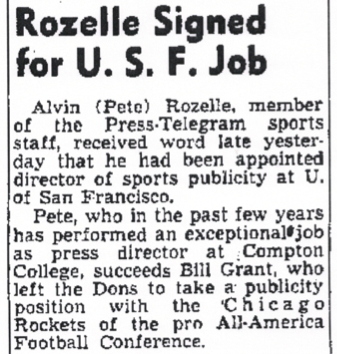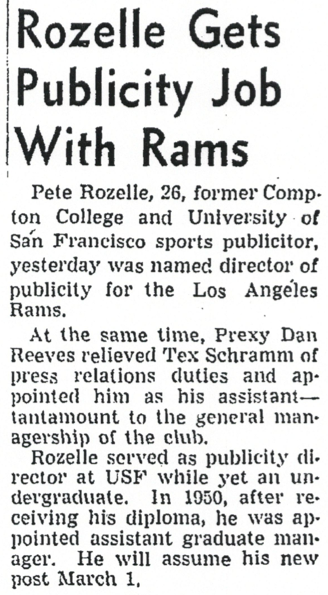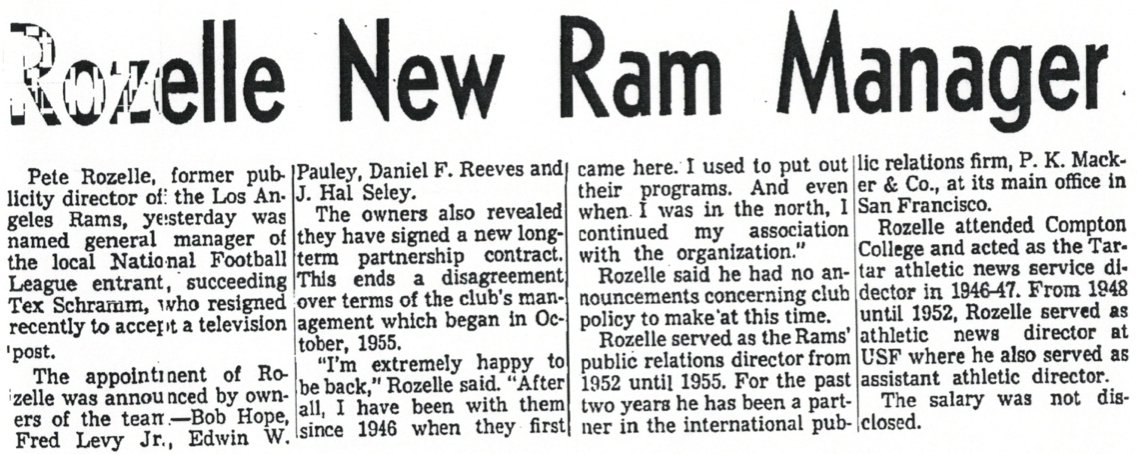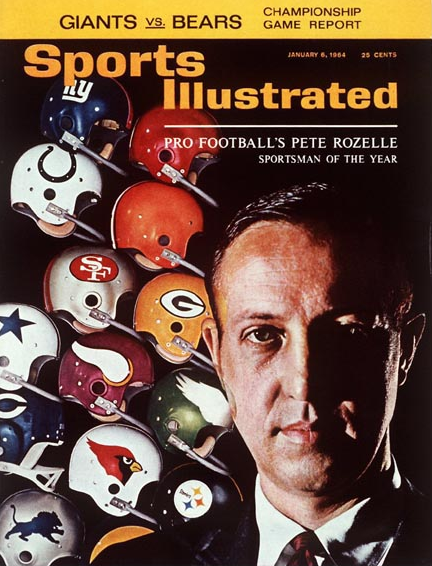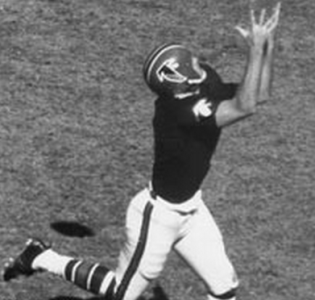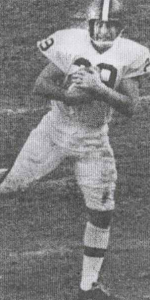Calvin Johnson is hurt. Again. It’s his ankle this time. Andre Johnson, I see, is also questionable this week with an ankle. And Wes Welker, of course, is a high hit away from another concussion, one that might end his career.
Yes, players get hurt in football. And yes, all these receivers have some mileage on them — a collective 31 seasons and 2,389 receptions. But there’s this to consider, too: The Lions’ Johnson caught 122 passes two years ago, tying him for third most all time, and the Texans’ Johnson and Broncos’ Welker each have had five 100-catch seasons, as many as any receiver in NFL history. We’re talking high-volume wideouts. Really high-volume wideouts.
There’s a price you pay when you’re that kind of player, when you put yourself in harm’s way that often. The receivers of yesteryear, with the exception of a few, weren’t nearly as exposed. Seasons were shorter, for one thing, and the running game was much more prominent. In 1960, when the AFL came into being and began changing the equation with its wide-open play, the record for receptions in a season was 84, by Rams Hall of Famer Tom Fears. At that point, only 11 NFL receivers (a total of 16 times) had caught as many as 60 passes in a season. Sixty! Now we have wideouts who are doubling that figure — and then some.
Still, it’s just in the last 20 years that the 100-reception season has become commonplace. Even when the schedule was expanded to 16 games in 1978, only one receiver in the next decade had 100 grabs: the Redskins’ Art Monk in ’84 (a record 106). But then there were eight 100-catch guys in ’95, led by the Lions’ Herman Moore with 123 (another record), and that was the tipping point. Last year, five wideouts had 100 or more; the year before, six did. Yawn.
SEASONS WITH THE MOST 100-CATCH RECEIVERS*
[table width=“100px”]
Year,No.
1995,8
2012,6
2009,6
2007,6
2001,6
2013,5
2002,5
[/table]
*tight ends included
(Note: Through 1994, there were 10 100-catch seasons in all of NFL-AFL history.)
The receivers aren’t yawning, though. They’re too busy picking themselves off the ground, checking to make sure they aren’t missing any body parts and telling the trainer how many fingers he’s holding up. Think about it: In Calvin Johnson’s 122-reception season, he was targeted 204 times. That means there were 82 other occasions, aside from his catches, when he had a chance to be hit. No wonder his knee was bothering him last year. He had more targets in 2012 than the Eagles’ LeSean McCoy had rushing attempts (200 in 12 games).
Speaking running backs, for the longest time coaches seemed to be conducting a laboratory experiment with them: How much can the human body endure? (See James Wilder’s 492-touch exercise in excess with the 1984 Bucs.) But in recent seasons they’ve stopped putting so much of the load on one back, opting instead for a by-committee approach. This might not be as good for the back’s numbers, but it’s probably better for his long-term health. McCoy’s 314 carries last year, for instance, were the fewest by a league leader since 1990 (and the second-fewest in a non-strike season since the advent of the 16-game schedule).
Further evidence: Only once in this decade has a back had as many as 350 rushing attempts in season (Arian Foster, 2012 Texans, 351). In the first four years of the previous decade, a back reached that level 10 times. And you can’t just attribute it to teams passing more, because the number of rushing attempts per team in 2000 (441.2, on average) was pretty comparable to last year (433.5).
Maybe it’s time for coaches to come to the same conclusion about receivers: that perhaps there are limits, that it might not be the greatest idea for a wideout — many of whom aren’t exactly the biggest players on the field — to catch as many passes as some of today’s wideouts are catching. Never mind whether or not it might shorten a guy’s career. How about the possibility it might shorten his life — or at the very least, affect the quality of his life in the not-too-distant future?
Let’s face it, pro football is a demolition derby — vroom, vroom, crash, crash. And teams have always looked at players as very disposable commodities. When one breaks, you move on to the next name on the depth chart. But maybe, with a little restraint, they don’t have to break quite so often.
Source: pro-football-reference.com




